Fontainhas
This colorful colonial neighborhood in Panjim is one of the only Latin Quarters in Asia.
Goa is known as the party state of India, and its beaches attract hippies and leisure lovers from all over the world. But partying on the beach is not the only thing to enjoy in Goa. In fact, the state has a long history of Portuguese influence and the colonizers left behind many indelible traces in the cuisine, architecture, religion, and culture that can be seen to this day.
The area of Panjim known as Fontainhas is a perfect example. In the 18th and 19th centuries, the Portuguese settled here around a spring-fed well, the fountain from which the neighborhood gets its name. Many of the houses and buildings they built in the Portuguese style remain in good condition, while others that are crumbling add to the neighborhood’s charm and authenticity.
Narrow winding lanes, masses of bright bougainvillea flowers, and overhanging wooden balconies all together make you feel you are walking in Old Havana or New Orleans’ Latin Quarter. This is especially true at night when yellow light spills out of the small, lively bars and restaurants into the dark lanes, and the warm, tropical night air conjures the atmosphere of far-flung adventure.
Brightly colored houses are a characteristic feature of the Portuguese architectural influence, and Fontainhas is full of them. Deep azure blue houses with white trim, mustard yellow houses with slate-tiled roofs, maroon red houses with dark wood doors and balconies. Each one is unique, and many have names emblazoned on white-and-blue tiled plaques.
Panjim is not a large city, with a population of only about 100,000, and Fontainhas is not a large area. But there is lots to explore. You can start at the fountain itself. The original natural spring, at the base of Altinho Hill, was called the Fountain of Phoenix (or Fonte da Fénix in Portuguese).
As you walk through the maze of narrow laneways, you will come across very old Portuguese built churches, a red brick wishing well, art galleries, small inns, cafes, and bakeries. The 31 January Bakery is about 70 years old, and named after the date of a failed republican revolution in Portugal. Here you can try Goan sweets. The Chapel of St Sebastian (next to the wishing well) was built in 1818 and contains relics from the time of the Goan Inquisition.
Fountainhas offers the visitors the chance to walk through history, and discover the Portuguese colonial period in Goa. It’s a fascinating experience and also fun, as the historical area is peppered with places to eat and drink. You can end the day by trying traditional foods like Goan fish curry in the atmospheric Hotel Venite restaurant, where tiny balcony tables overlook the cobblestone street. And lay your head down at the heritage Panjim Inn, in a room with a four poster bed, floor-to-ceiling French doors, and a balcony overlooking the centre of Fontainhas.
Know Before You Go
Goa is pleasant to visit any time of the year, but June-August is monsoon season and you can expect hot, humid, and wet weather.

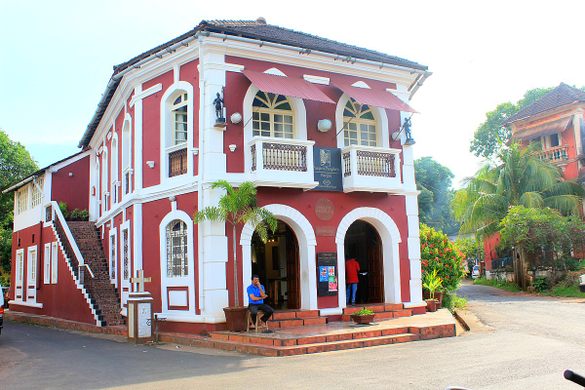
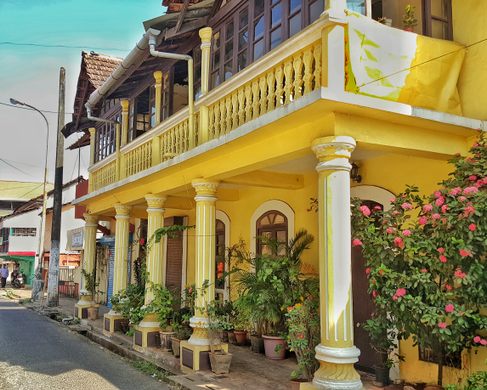
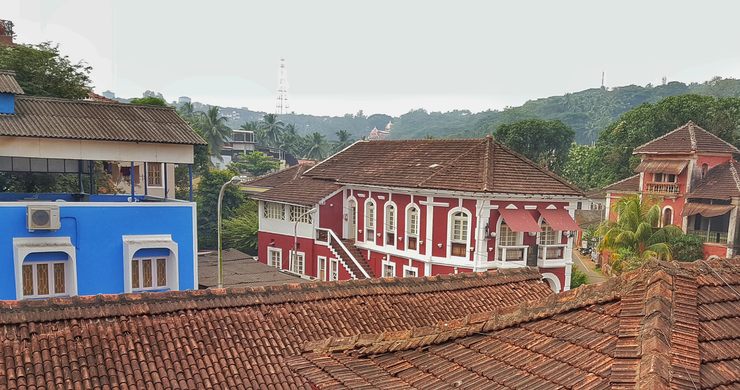
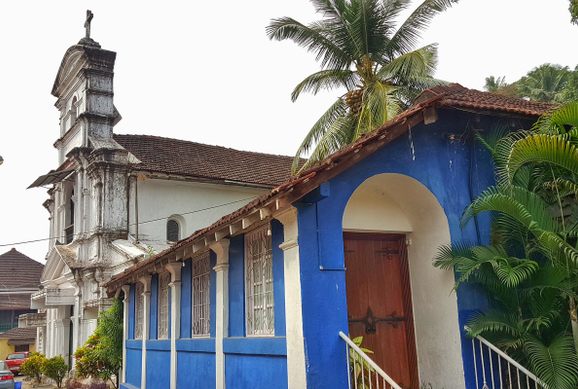





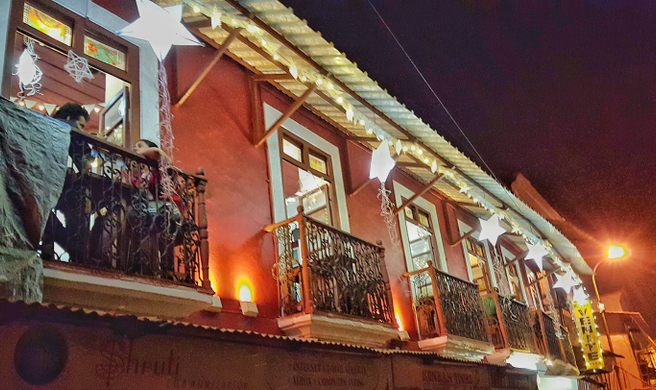








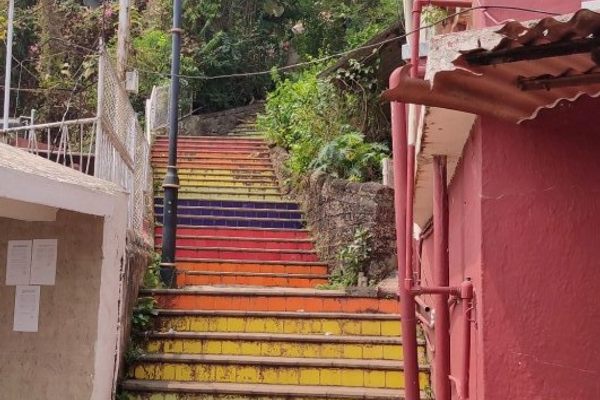

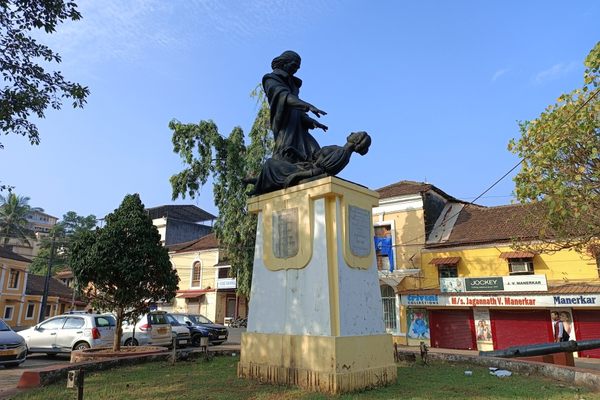
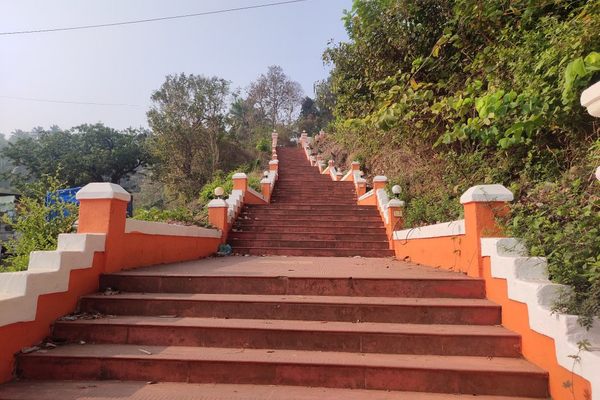
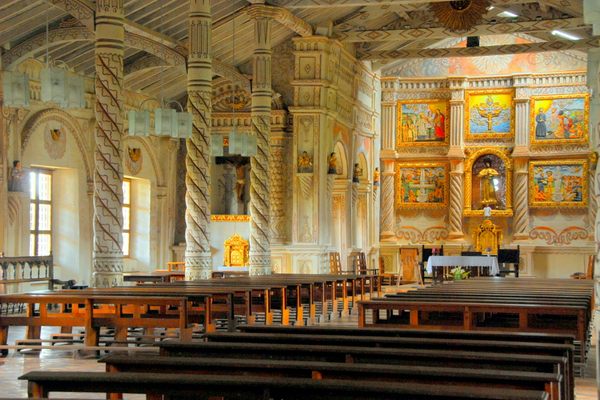


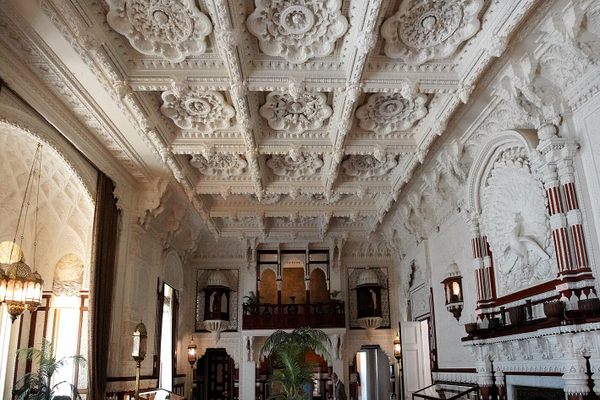

Follow us on Twitter to get the latest on the world's hidden wonders.
Like us on Facebook to get the latest on the world's hidden wonders.
Follow us on Twitter Like us on Facebook